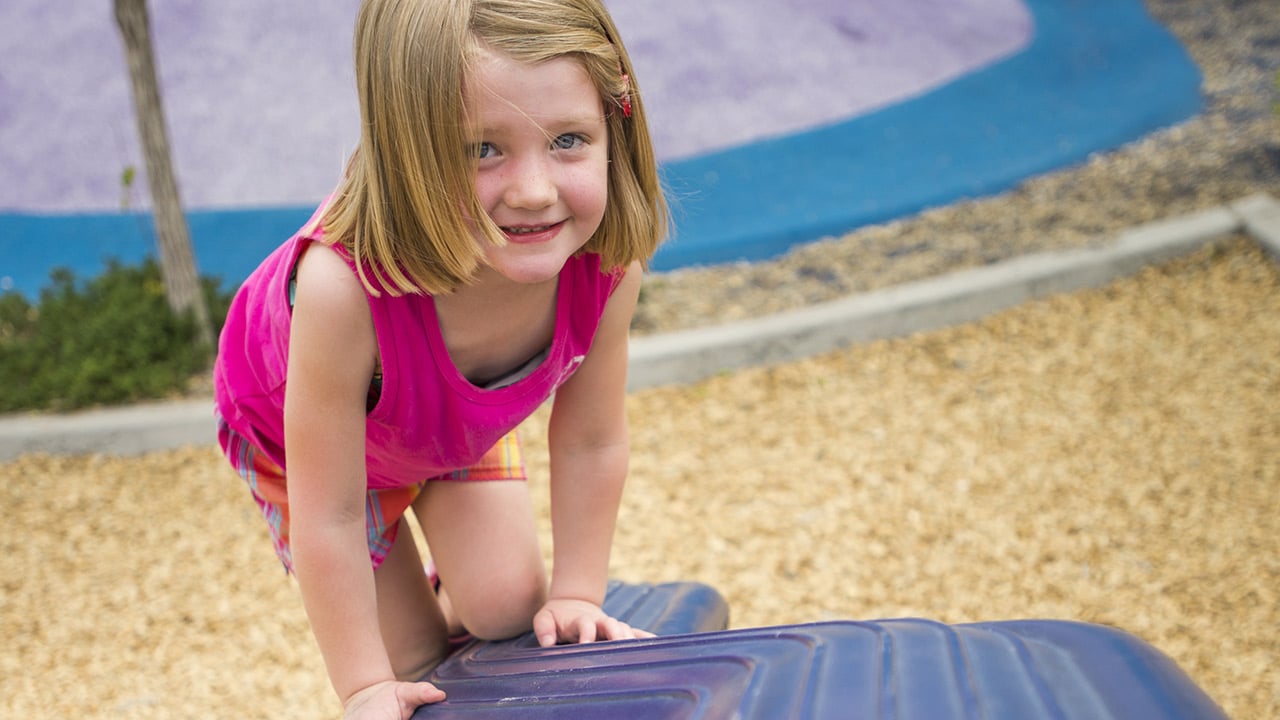- Doctors & Departments
-
Conditions & Advice
- Overview
- Conditions and Symptoms
- Symptom Checker
- Parent Resources
- The Connection Journey
- Calm A Crying Baby
- Sports Articles
- Dosage Tables
- Baby Guide
-
Your Visit
- Overview
- Prepare for Your Visit
- Your Overnight Stay
- Send a Cheer Card
- Family and Patient Resources
- Patient Cost Estimate
- Insurance and Financial Resources
- Online Bill Pay
- Medical Records
- Policies and Procedures
- We Ask Because We Care
Click to find the locations nearest youFind locations by region
See all locations -
Community
- Overview
- Addressing the Youth Mental Health Crisis
- Calendar of Events
- Child Health Advocacy
- Community Health
- Community Partners
- Corporate Relations
- Global Health
- Patient Advocacy
- Patient Stories
- Pediatric Affiliations
- Support Children’s Colorado
- Specialty Outreach Clinics
Your Support Matters
Upcoming Events
Child Life 101
Wednesday, June 12, 2024Join us to learn about the work of a child life specialist, including...
-
Research & Innovation
- Overview
- Pediatric Clinical Trials
- Q: Pediatric Health Advances
- Discoveries and Milestones
- Training and Internships
- Academic Affiliation
- Investigator Resources
- Funding Opportunities
- Center For Innovation
- Support Our Research
- Research Areas

It starts with a Q:
For the latest cutting-edge research, innovative collaborations and remarkable discoveries in child health, read stories from across all our areas of study in Q: Advances and Answers in Pediatric Health.


Is it More Than a Bruise?

Bruises and children go hand in hand. But are all bruises harmless, or could one indicate something more serious? Kelly Maloney, MD, pediatric hematology and oncology specialist at Children's Hospital Colorado, has answers to questions commonly asked by parents.
How can parents determine when they should be concerned about a bruise on their child?
Bruises — the skin’s reaction to minor trauma — are common and expected in children, especially those who are active. However, if bruising appears in uncommon places, such as the back, stomach or back of a child’s arm, or if bruising occurs and gets worse after a head injury, you should seek medical attention. Also, if your child never bruises and then suddenly starts, talk with your child’s pediatrician or family physician. In rare instances, excessive or serious bruising could be a sign of anemia, a vitamin deficiency, a blood clotting disorder or even certain types of cancer.
How long should it take a normal bruise to heal?
Bruises typically heal within three to five days, although some bruises take longer to heal than others. Within this time, bruises should at least begin fading or possibly turning yellow and should not be accompanied by additional symptoms.
How can parents prevent bruising in their children?
Parents need to let their kids be kids. Bruising is natural and will happen occasionally. However, if bruises do not heal or are coupled with nosebleeds or bleeding gums, seek the care of a pediatrician. Testing may be required to determine if your child suffers from a more serious condition.



 720-777-0123
720-777-0123



